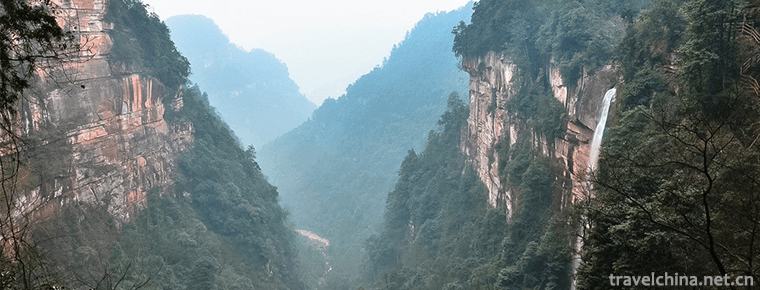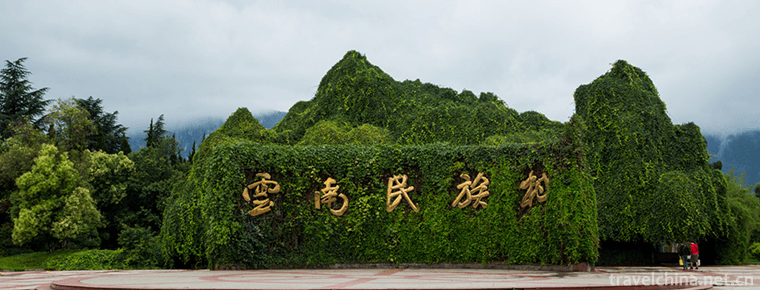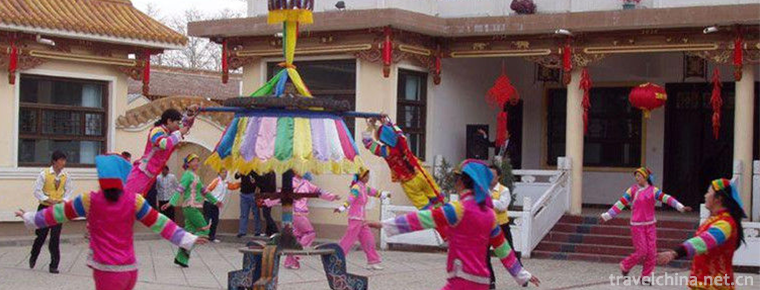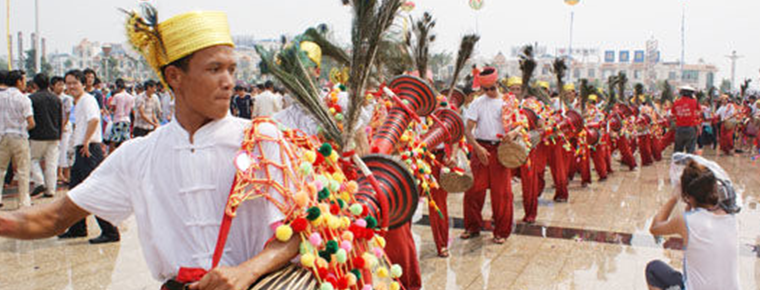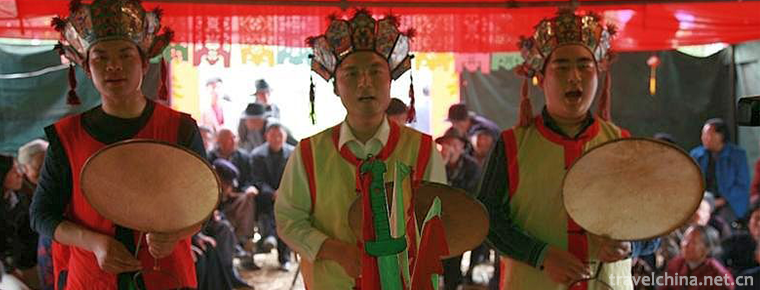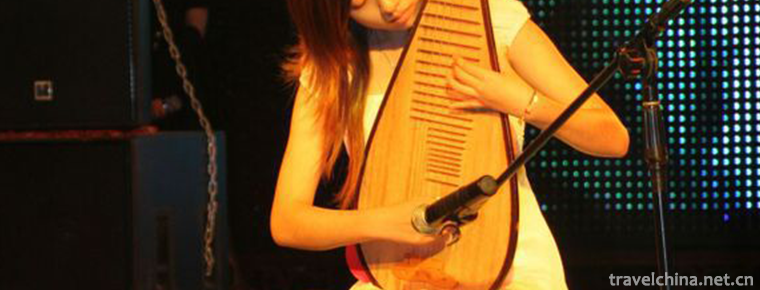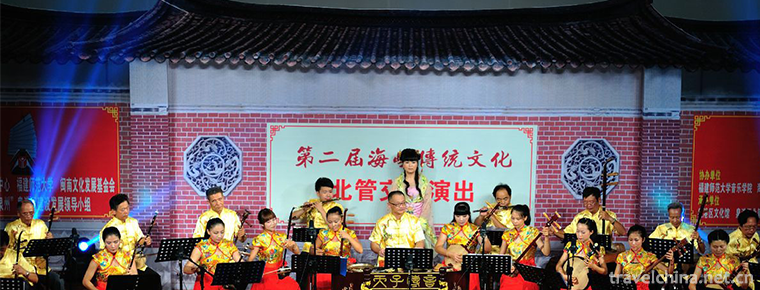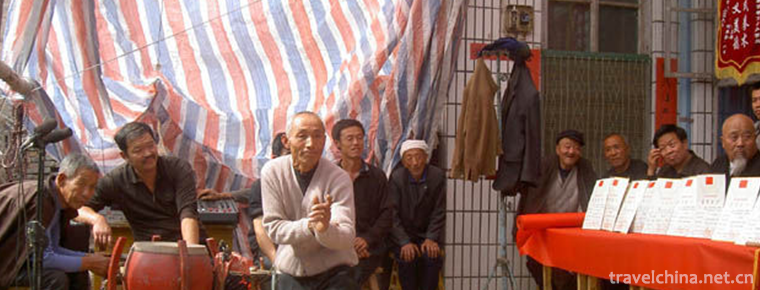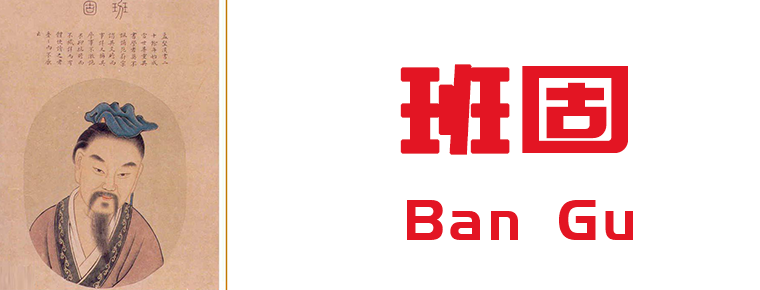Qinghai Yuexian
Qinghai Yuexian
Qinghai Yuexian is also called Yuexian, Yueyue Diao, Back Diao, Yueyue Diao, Meihu, etc. Qinghai Vietnamese String is one of the traditional folk songs in Qinghai Province. It can be called the "sister" art of Qinghai Pingxian. Accompanied instruments include three strings, erhu, banhu, flute and calabash, which are festivalized by bangzi. The repertoire of Yuexian is mostly short Arias with rich content. On June 7, 2008, Yuexian of Qinghai Province was listed in the second batch of national intangible cultural heritage list with the approval of the State Council.
historical origin
Yuexian in Qinghai was introduced from Shaanxi in the middle of Qing Dynasty. Guo Futang, a well-known Vietnamese string artist in Qinghai, studied art under Ma Dapizi's door in Shaanxi in his early years, and his footprints spread all over Shaanxi, Gansu and Qinghai. During the development of Yuexian in Qinghai, artists absorbed a large number of traditional folk minors and ancient ditties, and enriched them in many aspects, such as singing, Tao Bai, language and style.
From the description of characters to historical events, news and current events, scenery of mountains and rivers, all of them are in the scope of its expression. Its remarkable feature is that it reflects real life very quickly. Such works as Yuanshan Rebellion, Dong Wax Craftsman, Kuomintang to Qinghai, which reflected the peasant uprising in Huangzhong in the late Qing Dynasty, the political chaos in Northwest China in the early years of the Republic of China, and Liberation of Qinghai, which reflected the rebirth of the Qinghai people, were all compiled and sung at that time, and were well-known and widely circulated.
artistic characteristics
Basic introduction
One of the local traditional folk arts in Qinghai Province is also called "Moon String", "Moon Tune", "Back Tune", "Yue Tune" and "Seating Ground and Eyebrow Household". Since the middle of Qing Dynasty was introduced from Shaanxi, the names of the main tunes and the sentence patterns of the lyrics are basically the same as those of the Meihu in Shaanxi. It is popular all over the Huangshui River Basin. Qupai and its main tunes are more than 50, accompanied by three strings, Banhu, Erhu, Shuizi (ringing), Bangzi, flute and so on.
Artistic Characteristics
Yuexian in Qinghai has the linguistic characteristics of traditional folk literature. Its words are popular and vivid. It is close to spoken language. Its expressive force is rich, rigid and flexible, graceful and moving. Part of the lyrics is based on seven-character sentences, the Four-Sentence pattern of rhyming up and down pairs or one, two or four sentences; part is based on cross sentences; part is based on seven-character and cross can be sung; and many tunes are in the form of long and short sentences.
Qinghai Yuexian's description from characters to historical events, news and current events, mountains and rivers is the content of its expression. Its remarkable feature is that it reflects real life very quickly.
Singing Form
In addition to sitting and singing, Qinghai Yuexian also has walking and singing performances. The way of singing is usually one person, but there are also two or three people singing together. Ordinary performances are performed in the audience. The passage consists of Qianqiao - Qianbeigong - other tunes (Wugeng, Xijing, Gangdong, Complaint, Slow complaint, Dongdiao, Cut Indigo, etc.) - Qianbeigong - Qianqiao. The melody of the music part is closely combined with the lyrics. It has powerful means of expressing emotions. Because the lyrics are restricted by the tunes, the metrics are more rigorous, requiring the lyrics to rhyme in the same way and fill in the lyrics according to their metrics.
Yuexian is good at expressing traditional folk life stories, which is one of the reasons why Yuexian sang for the masses. Its repertoire "Xiaoguxian", "Feng Ye Station Store" and "Carving Money Ghost" are widely circulated works. Crossing strings is a form of music in the form of syntheses. The melody is smooth and moving. There are more than 50 melodies and major melodies.
A cross-stringed section is generally composed of front fork-back Work-Back fork of other major tunes, such as Wugeng, Xijing, Gangci, tightly complaint, slow complaint, East tune, energy-shearing flower, etc. -back Work-Back fork. As a part of music, melody is closely combined with lyrics, which is a powerful means of expressing emotions. Therefore, the lyrics are restricted by melody and have more rigorous metrics, requiring them to rhyme in the same way and fill in the lyrics according to their metrics. Words should be popular and vivid, close to spoken language, without biting words, cold and sour traces, with the characteristics of folk literature language and rich expression.
representative figure
Expressive, flexible, graceful and moving. Famous Vietnamese artists include Li Deming, Xie Changde, Zhang Qishan, Chen Yude and Li Wangchun.
Representative Works
Accompanied instruments include three strings, erhu, banhu, flute and calabash, which are festivalized by bangzi. Yuexian's repertoires are mostly short songs, which are rich in content, such as "Dongwu Recruitment for Families" and "FuBed Wat", which are suitable for celebrating the happy celebration; there are "Mother-in-law Fighting", "Silly Doll Selling Cloth", "Nail Tank", "Xiashuan" and so on; there are "Van Gong" and "Sister's Love" which delicately depict the psychological activities of the characters; there are "Taoyuan Knot" which narrates the stories of historical figures. Yi, Black Interview, etc. There are also songs like the Sanqu of the Ming Dynasty, such as "The World", "Home Hope" and so on. Since the 1950s, there have been some new songs reflecting real life.
Yuexian's repertoires are mostly short songs with rich contents, such as "inviting relatives from Dongwu" and "full bed" which are suitable for celebrating the happy celebrations, and "fighting between parents", "selling cloth by silly dolls", "nail vat", "going down to Sichuan" and so on, as well as "The Vatican Palace" and "Sister's Exploration" which delicately depict the psychological activities of the characters, and "Peach" which narrate the stories of historical figures. Yuanjieyi, Black Interview, etc. There are also songs like the Sanqu of the Ming Dynasty, such as "The World", "Home Hope" and so on. Since the 1950s, there have been some new songs reflecting real life.
Distribution area
Yuexian is popular in the eastern agricultural area of Qinghai Province, mostly for amateur performances. Many Yuexian fans also often sing at family and friends Festival banquets. Yuexian belongs to the combined system of Qupai, with more than 10 Qupai, such as Qiancha, Houcha, Beigong, Zaoluo, Gangdong, Tight Fu, Dalian, Wugeng, Picking Flowers, Cutting Flowers, etc. Besides the usual sitting and singing forms, there are also walking singing performances. Accompanied instruments include three strings, erhu, banhu, flute and calabash, which are festivalized by bangzi.

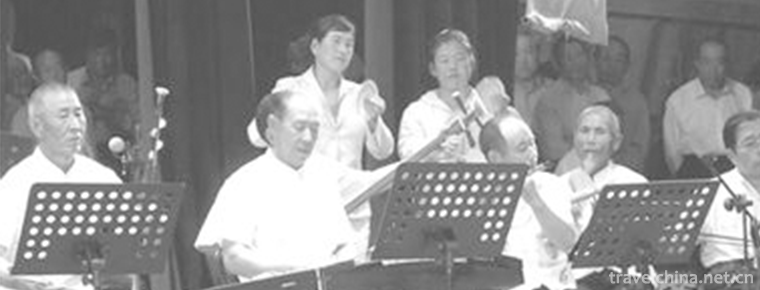
-
SiMian Mountain Scenic Area
The Simian Mountain is located in the remnants of the northern slope of Dalou Mountain in Yunnan-Guizhou Plateau, which is an inverted mountain in geology. Located in the south of Jiangjin District of.
Views: 188 Time 2018-12-12 -
Yunnan Nationalities Village
Located in the southwest suburb of Kunming City, Yunnan Province, Yunnan Ethnic Village covers 89 hectares. It is a window reflecting and displaying the social and cultural customs.
Views: 110 Time 2018-12-22 -
Yasuaki
Anzhao is an ancient Tu dance. It's popular with mutual aid. When celebrating festivals, harvest celebrations and weddings, people gather in the courtyard or on the wheat threshing ground to dance the.
Views: 185 Time 2019-04-02 -
Dai Elephant Foot Inspiration
There is also a legendary story about the origin of the Dai elephant drum. Legend has it that Mengzhai area in ancient times was a beautiful lake rippling with blue waves. But there are pythons and to.
Views: 168 Time 2019-04-24 -
End drum cavity
Weishan Lake Drum Tune, also known as Duangong Tune, is a traditional folk art of the Han nationality originating in Weishan County and Dongping County of Shandong Province .
Views: 212 Time 2019-04-28 -
Han music in Guangdong
Guangdong Han music is an ancient music of the Central Plains brought about by Hakka ancestors when they moved southward more than 1,000 years ago..
Views: 153 Time 2019-05-01 -
Quanzhou North Pipe
Beiguan, also known as Beiqu, Xiaoqu, Quzi, is a kind of traditional folk silk and bamboo music widely spread in Quangang District, Quanzhou City, Fujian Province. China's Beiguan is now only distribu.
Views: 204 Time 2019-06-11 -
Xinyiquan
Xinyiquan, one of the traditional Chinese boxing, is an important part of Chinese martial arts culture and Oriental mysterious culture. It is a wonderful flower in the hundred gardens of Chinese marti.
Views: 150 Time 2019-07-06 -
Ban Gu
Ban Gu (32 - 92 years), Meng Jian, Fufeng An Ling (now Shaanxi Xianyang Northeast China, famous in Eastern Han Dynasty historian , Litterateur 。 Ban Gu's birth Confucianism Family, father Ban Bi Uncle.
Views: 259 Time 2019-09-06 -
National characteristics of Chinese embroidery
Nationality is the distinctive feature of Qinghai Folk Embroidery. In the long process of development, Qinghai embroidery has formed its own unique style. Due to the consistency of language, religious belief, festival etiquette, culture and entertainment,.
Views: 333 Time 2020-12-12 -
Mianyang Tourism
In 2018, Mianyang City realized a total tourism revenue of 64.766 billion yuan, an increase of 21.5%. Among them, domestic tourism revenue was 64.740 billion yuan, an increase of 21.4%; foreign exchange income of tourism was 3.8889 million US dollars,.
Views: 167 Time 2020-12-14 -
Historical evolution of Yibin
In the sixth year of Jianyuan (135 B.C.), Emperor Wu of Han Dynasty established Qianwei County, and at the beginning of the county administration, he (the west of Zunyi City, Guizhou Province) was established. In the first year of the first Yuan Dynasty of emperor Z.
Views: 375 Time 2020-12-18
